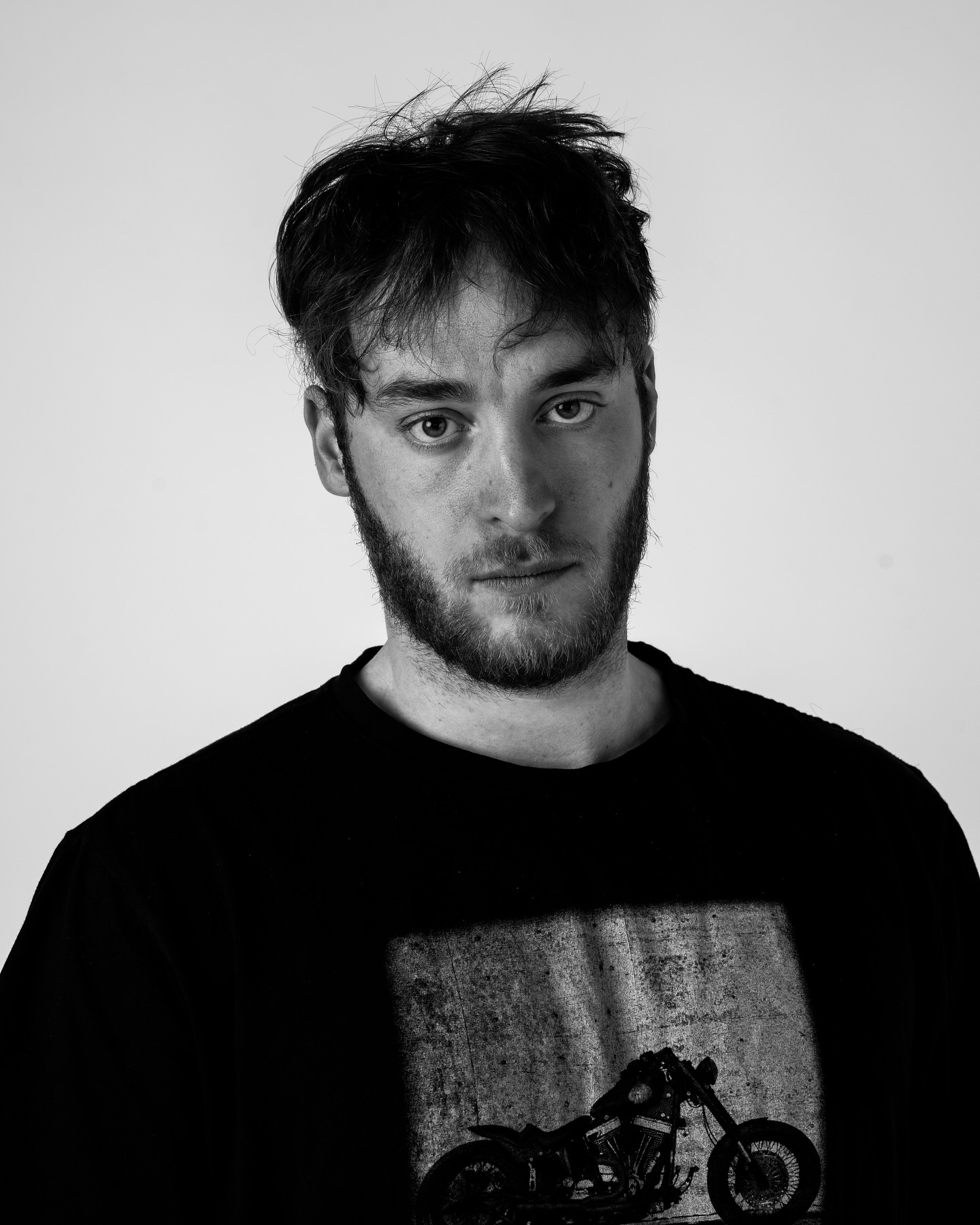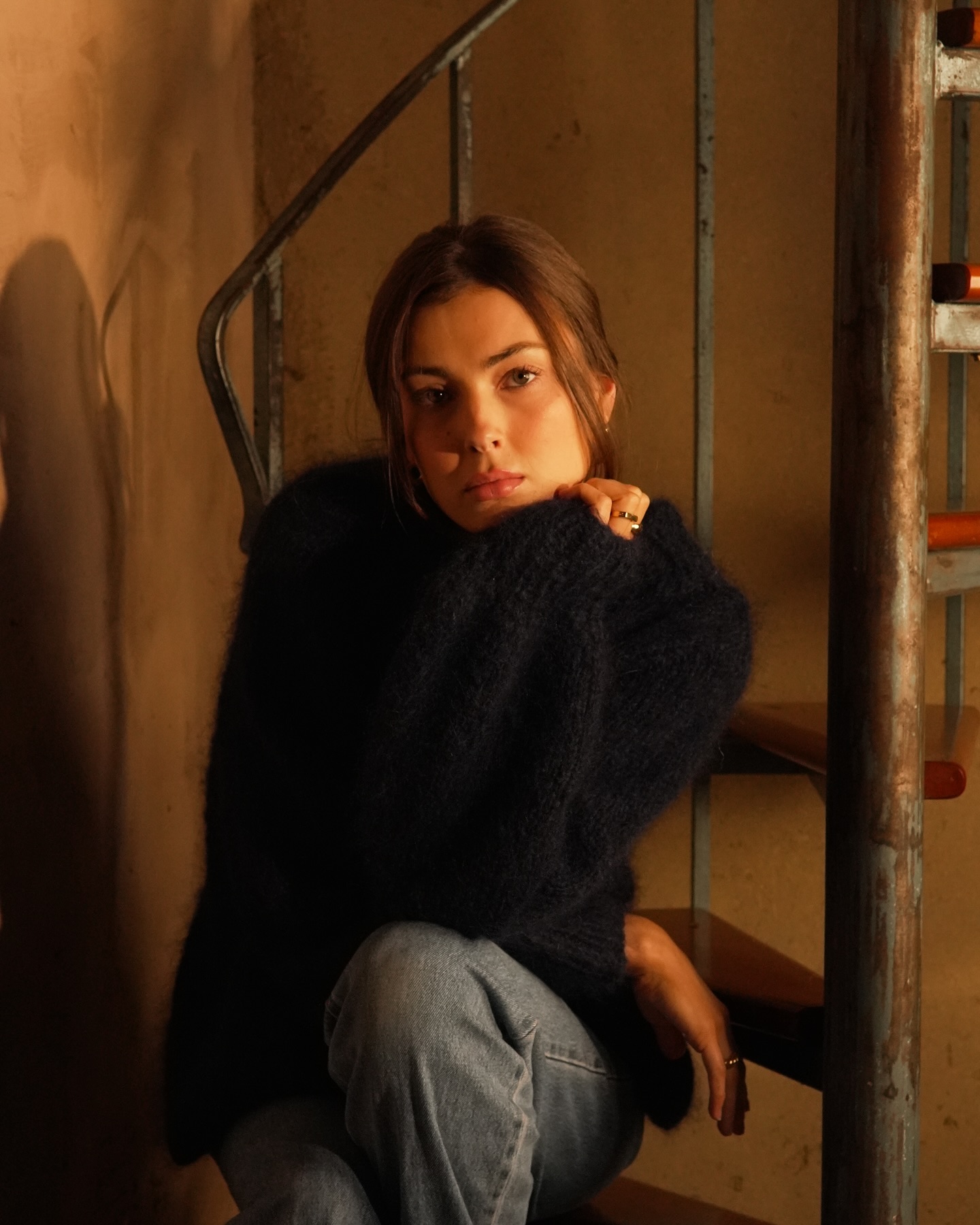How Much Does a Wedding Photographer Make?
Education
By Taylor Nixon
I remember my first “real” portrait session. I’d read all the books and watched the tutorials. I had my brand-new reflector, my camera settings memorised, and a very patient friend squinting under the midday sun.
I was determined to create a bright, flawless, “professional” portrait … what happened wasn’t quite there…
Every shadow felt like a mistake. I blasted them away with my reflector until my friend’s face was a flat, even canvas. The photo was technically fine. It was sharp, well-exposed, but utterly boring. It had no soul.
That day, I didn't just learn about exposure; I stumbled into the heart of photography lighting: the timeless dance between hard and soft light, and the importance of light quality, and the shaping of shadows.
Let’s talk about hard light first, because it gets an unfair reputation.
It's the unfiltered, unapologetic light that creates sharp, well-defined shadows. The science behind it is simple: hard light comes from a small light source relative to the subject.
Think about it: the sun is massive, but because it's 93 million miles away, it acts like a tiny point in the sky. This is why midday sun casts such crisp, dark shadows. The transition from highlight to shadow is abrupt and dramatic, creating a high-contrast look that feels bold and unfiltered.
Hard light is a master of dramatic lighting. It doesn’t hide flaws; it carves them into the frame, revealing every texture, wrinkle, and contour. In classic film noir, cinematographers used hard light to create a world of suspicion and intrigue. The deep shadows hid secrets, creating a palpable sense of unease.
But it’s not just for villains. Think of a powerful portrait of an athlete. Hard light can sculpt their muscles and convey an incredible sense of strength. It’s the light of confidence and raw energy.
Shoot in direct, unfiltered sunlight. Mid-morning or late afternoon is often better than high noon, as the lower angle of the sun creates more interesting, longer shadows.
Position your subject so the light hits them from the side (sidelighting) to maximize the definition of their features in your lighting setup.
Use a "point source" of light. This could be a bare-bulb flash, a speedlight, or a strobe with no light modifier. The smaller the source, the harder the light.
To intensify the effect, move the light source further away from your subject. This makes the source appear even smaller in relation to them.
Pro-Tip: Use a grid on your flash or strobe. A grid is an accessory that narrows the beam of light, preventing it from spilling and helping you create a very controlled, spotlight effect with even harder-edged shadows.
If hard light is an interrogation, soft light is a gentle conversation.
It's the diffused light that wraps itself around a subject, smoothing over imperfections and creating a gradual, subtle transition from highlight to shadow.
The science here is the exact opposite to hard light: soft light comes from a large light source relative to the subject.
This is why an overcast day is a portrait photographer's dream. The clouds act as a gigantic diffuser, scattering the sun’s direct rays across the entire sky. This massive light source fills in shadows, creating a gentle, even, low-contrast glow.
Soft light is a storyteller of intimacy and beauty. It’s flattering and forgiving, which is why it’s the go-to portrait lighting setup for traditional portraiture, weddings, and newborn photography. It evokes a sense of tranquility and romance. The shadows are still present-providing crucial shape and dimension-but they are gentle whispers, not loud declarations.
Revisiting that first failed portrait session, I realized my mistake wasn’t the presence of shadows, but my clumsy attempt to eliminate them. Years later, I learned to create my own soft light. For an indoor portrait, instead of using a bare flash, I bounced it off a large white wall. The wall became my new, massive light source, and the soft, flattering light it cast on my subject was a revelation.
This is all about diffusion. The goal is to make your small flash or strobe bigger.
Use a Softbox or Umbrella: These are the most common light modifiers. They attach to your flash and spread its light over a larger surface area. The bigger the softbox, the softer the light.
Bounce Your Flash: Aim your on-camera flash at a nearby white ceiling or wall. The surface you bounce off becomes your new, larger light source.
Move the Light Closer: This might seem counterintuitive, but the closer a large light source (like a softbox) is to your subject, the larger it is in relation to them, and thus, the softer the light will be.

The debate of hard vs. soft light isn’t about which lighting technique is “better.” It’s about intention.
The true art of photography lies in learning to see the quality of light around you and then knowing how to shape it (or create it from scratch) to serve the story you want to tell.
So, the next time you pick up your camera, don’t just look at your subject. Look at the light. Is it coming from a small source or a large one? Are the shadows sharp or gradual?
And if you don't like the story the light is telling, now you have the tools to change it.
Q: Is golden hour light hard or soft? A: Golden hour light is considered soft. When the sun is low on the horizon, its light travels through more of the Earth's atmosphere, which acts as a massive diffuser, scattering the light and giving it that warm, soft quality.
Q: How do you soften shadows in photography? A: You soften shadows by making your light source larger in relation to your subject. You can do this by using a softbox or umbrella, bouncing your flash off a large surface like a wall, shooting on an overcast day, or moving your modified light source closer to your subject.
Q: What are the best light modifiers for creating soft light? A: The most popular light modifiers for creating soft light are softboxes, umbrellas, and large diffusers (scrims). As a general rule, the bigger the modifier, the softer the light it will produce.